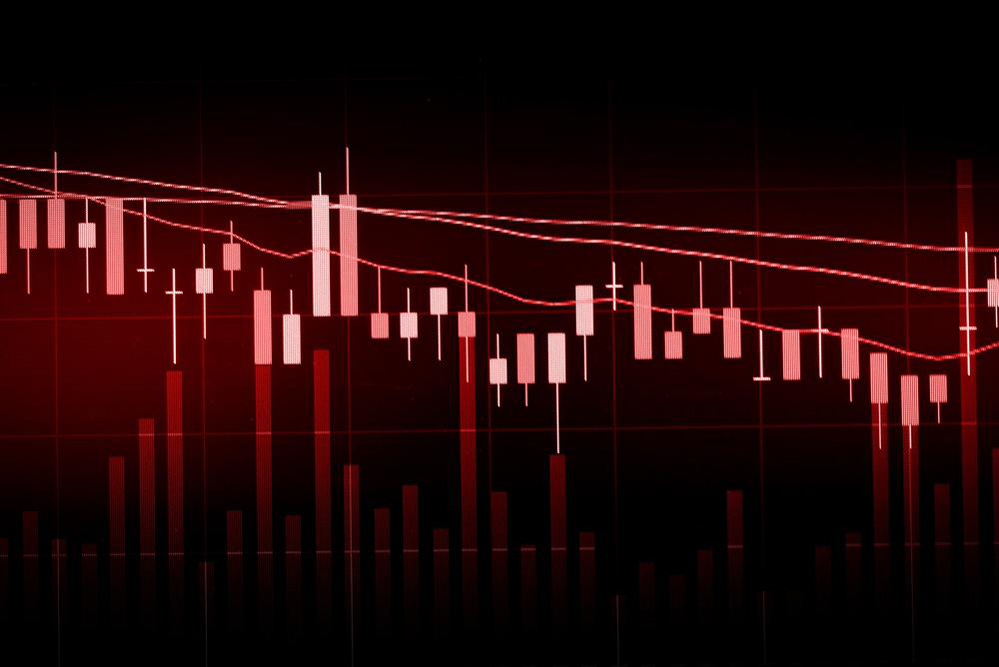Comprehensive Analysis of Crude Oil Price Trends and Market Influences
This comprehensive article explores the multifaceted factors influencing crude oil prices, including supply and demand dynamics, OPEC's strategic role, geopolitical disruptions, and futures trading. It provides in-depth insights into how global economics and international market mechanisms impact oil prices, offering valuable knowledge for investors, policymakers, and industry stakeholders seeking to understand and navigate the energy market landscape effectively.

Comprehensive Analysis of Crude Oil Price Trends and Market Influences
Crude oil prices are shaped by a complex interplay of various global factors, including supply and demand dynamics, geopolitical developments, and economic growth patterns. As one of the most traded commodities worldwide, crude oil significantly impacts economies, industries, and consumer prices. Understanding the key drivers of oil pricing is essential for investors, policymakers, and industry players aiming to navigate the volatile energy markets effectively.
Economic growth remains a primary driver of increased energy consumption, with petroleum products accounting for approximately one-third of the world’s energy usage. During periods of economic expansion, demand for crude oil surges, leading to upward pressure on prices. Conversely, during economic downturns, demand wanes, resulting in price declines. Seasonal fluctuations further influence oil markets, affecting both supply and demand due to variations in temperatures, industrial activity, and transportation needs throughout the year.
The role of OPEC (Organization of the Petroleum Exporting Countries) is pivotal in stabilizing and influencing global crude oil markets. By coordinating production quotas and supply levels among member nations, OPEC strives to maintain a balance between supply and demand, thereby controlling price volatility. The organization’s decisions on production cuts or increases can have immediate and long-term impacts on global oil prices.
Major oil-producing nations, predominantly members of OPEC, hold approximately 73% of the world's proven crude oil reserves, giving them significant influence over global supply. Saudi Arabia, the largest OPEC member, plays a central role as both a leading producer and exporter of oil, often acting as a swing producer to balance global markets. In 2016, OPEC members contributed to roughly 44% of the world's crude output, underscoring their collective market control. Factors such as consumer behavior, actions by non-OPEC producers (like the United States, Russia, and others), and the operational efficiency of member countries’ production systems all determine the effectiveness of OPEC’s strategies.
OPEC also manages a crucial reserve capacity—spare crude production capacity—that serves as a buffer during unexpected supply disruptions or geopolitical tensions. This reserve enables the organization to respond swiftly to crises, alleviating market shocks and fostering stability.
The Effects of Supply Disruptions on Oil Markets
Geopolitical tensions, conflicts, sanctions, and natural disasters can severely disrupt oil supply chains, triggering price swings. Since the demand for oil is relatively inelastic in the short term — consumers and industries cannot instantly switch to alternative energy sources or significantly alter consumption—market reactions are often swift and unpredictable. The slow nature of infrastructure development and technological adjustments means that prices can remain volatile until the market rebalances.
The Global Oil Trade and Market Mechanisms
The international trade in crude oil functions much like a vast auction, where spot transactions and long-term contracts determine the prevailing price levels. When demand exceeds supply, prices tend to rise, incentivizing increased production and storage. Conversely, when supply surpasses demand, prices tend to decrease, encouraging stock drawdowns and reduced production.
The Futures Market and Price Forecasting
Crude oil futures contracts are integral to modern oil markets. These agreements allow traders, producers, and consumers to lock in prices for future delivery of barrels—typically in quantities of around 1,000 barrels—and for periods extending up to nine years. Futures provide a mechanism for hedging against price fluctuations and for speculative activities aimed at profiting from anticipated market trends. For investors and energy companies, understanding how futures contracts operate and interpret market signals can be crucial in making informed decisions about investments, risk management, and strategic planning.
Additionally, futures markets contribute to transparency and price discovery, offering insights into market sentiment and expectations. By analyzing these contracts, market participants can gauge the likely trajectory of oil prices, aiding in tactical decision-making and investment strategies.





